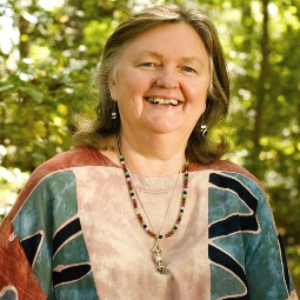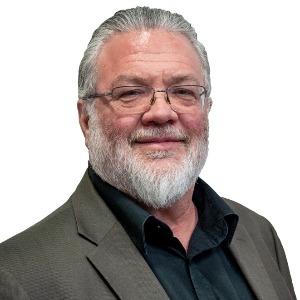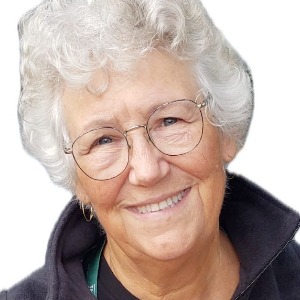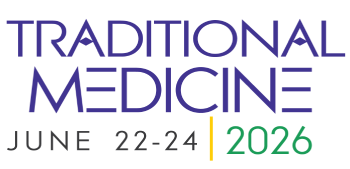Ethno-Medicinal Plants
Ethno-medicinal plants are plants used for traditional and medicinal purposes by the people of a certain ethnic, cultural, or geographical region. For thousands of years, these plants and the herbs derived from them have been used to treat a wide variety of ailments and illnesses. In many traditional cultures, healers use these plants with the understanding that plants contain active components that have specific healing purposes. These plants have been used by cultures all over the world to heal both physical and mental health issues. For example, in some African societies, the roots of a certain plant are boiled to create a decoction that taken to relieve constipation or a stomachache. Most of the modern medicines are derived from these age-old plants that were used by traditional cultures to treat various illnesses. In fact, some of the most important drugs to treat coughs, colds, fevers and asthma are based on the compounds found in ethno-medicinal plants. Apart from treating illnesses, medicinal plants are also used for their antimicrobial, antioxidant and anti-inflammatory purposes. One of the most popular uses of medicinal plants is in teas and other hot drinks, which are believed to boost the immune system. In addition to their medicinal properties, medicinal plants have been used traditionally for their spiritual and ritualistic purposes. Traditionally, healers and shamans have used these plants to create an environment conducive to healing and inner peace. Some of these plants are also used in ceremony or for luck, such as the Rue plant in the Mediterranean cultures and the Echinacea root in Native American culture. Ethno-medicinal plants and the herbal remedies derived from them have been traditionally used in healing and disease prevention for centuries. Now more than ever, these plants are being studied scientifically for their medicinal purposes. This research could eventually lead to new and effective treatments for common illnesses.

Mary Jo Bulbrook
Akamai University, United States
Kenneth R Pelletier
University of California School of Medicine, United States
Gene Bruno
Nutraland, United States
Kevin KF Ng
MD Natural Care LLC, United States
Julieta Andico Songco
JAS Consulting Services, United States
Debrah Nadler
Alzheimer’s Support, LLC, United States




Title : The importance of integrating TCM with conventional medicine in the diagnosis and treatment of physical and mental exhaustion due to excess or lack of professional activity
Angela Sanda Tudor, Society of TCM from Romania, Romania
Title : Change your genes - Change your life: Sorting the hope from hype of human longevity
Kenneth R Pelletier, University of California School of Medicine, United States
Title :
Laure Le Corroller, Dr.& Master Sha Tao Academy, Canada
Title : Examining the factors that decrease and increase the effect of acupuncture
Yucel, Elonysia LLC, Turkey
Title : Pure consciousness and lifestyle practices in ayurveda — Positive epigenetic transformations
Girish Momaya, Maharishi European Research University, Netherlands
Title : Akkermansia muciniphila 001 (AKK001™) postbiotic for body morphology and metabolic indicators in an overweight population: A randomized, controlled trial
Gene Bruno, Nutraland, United States